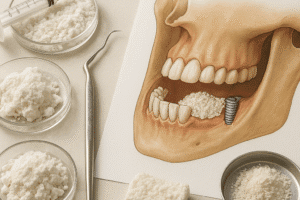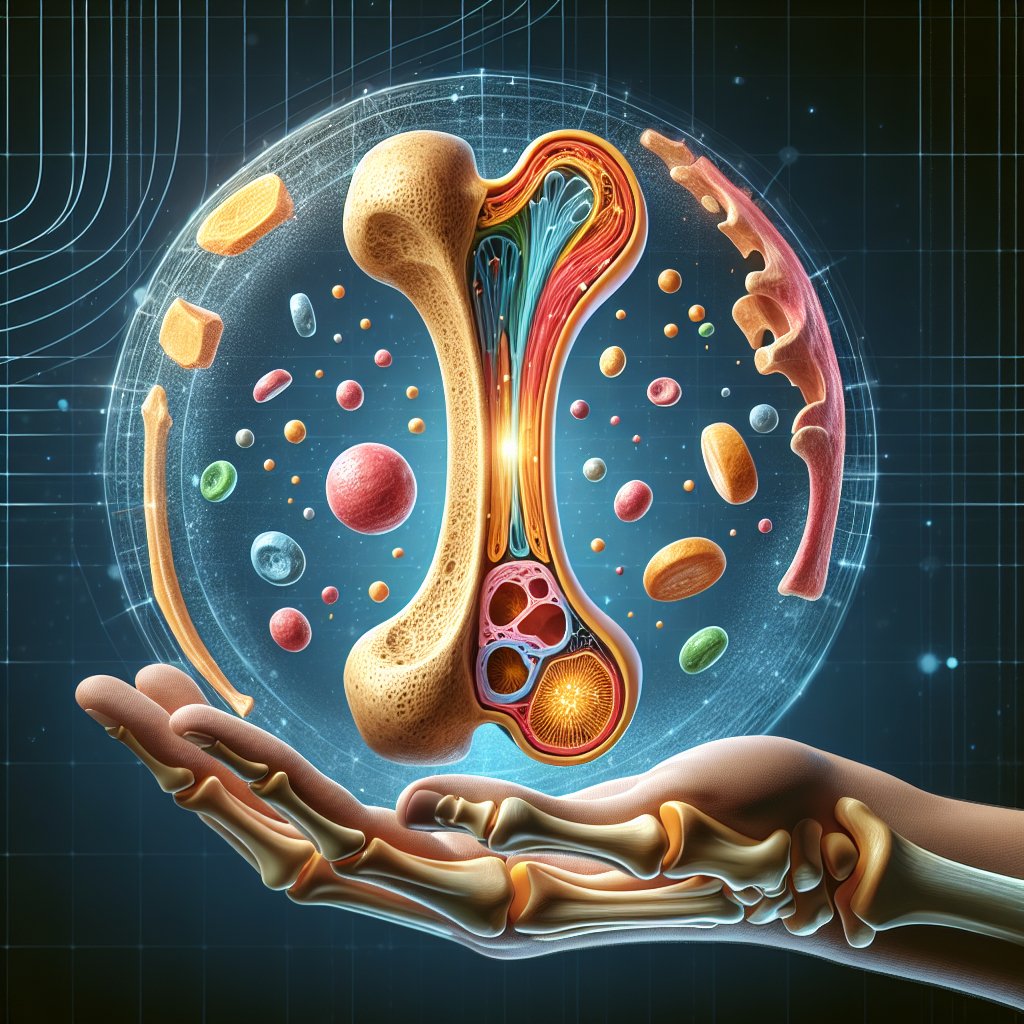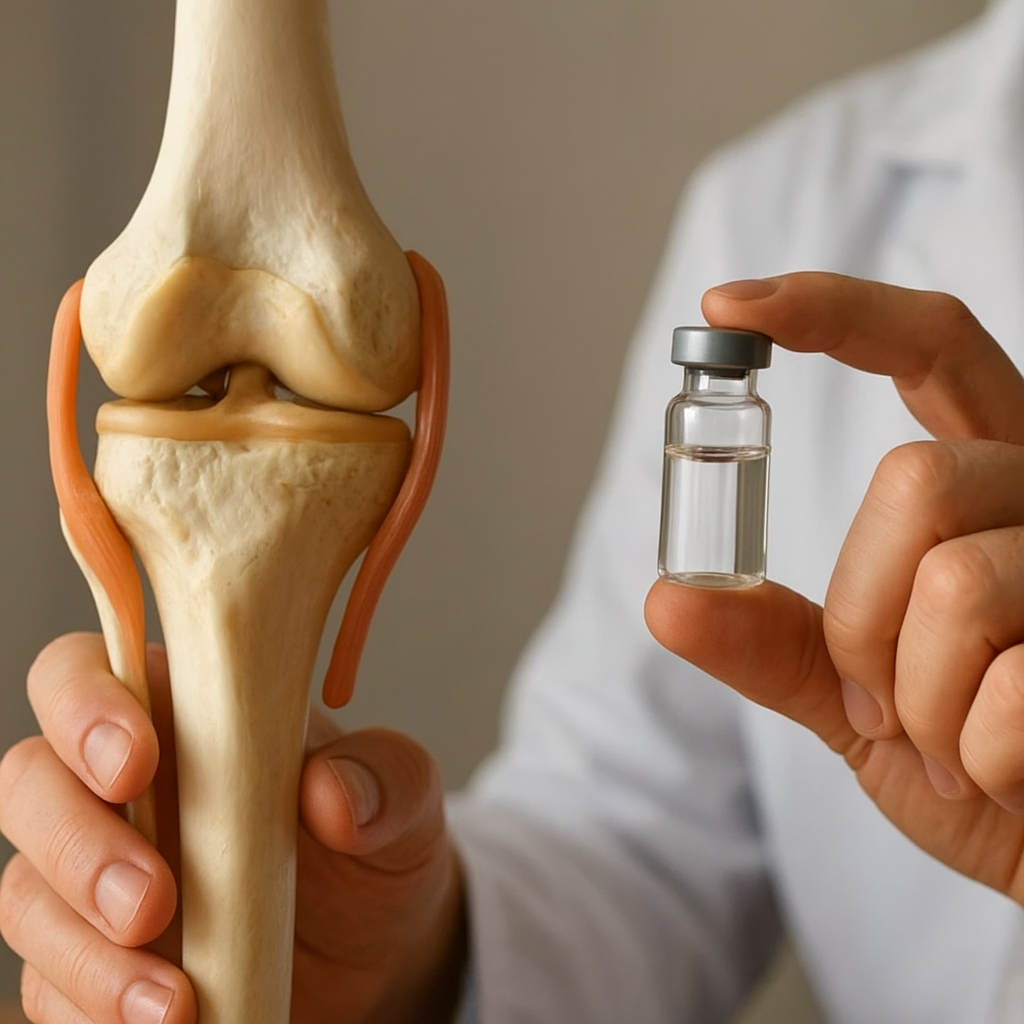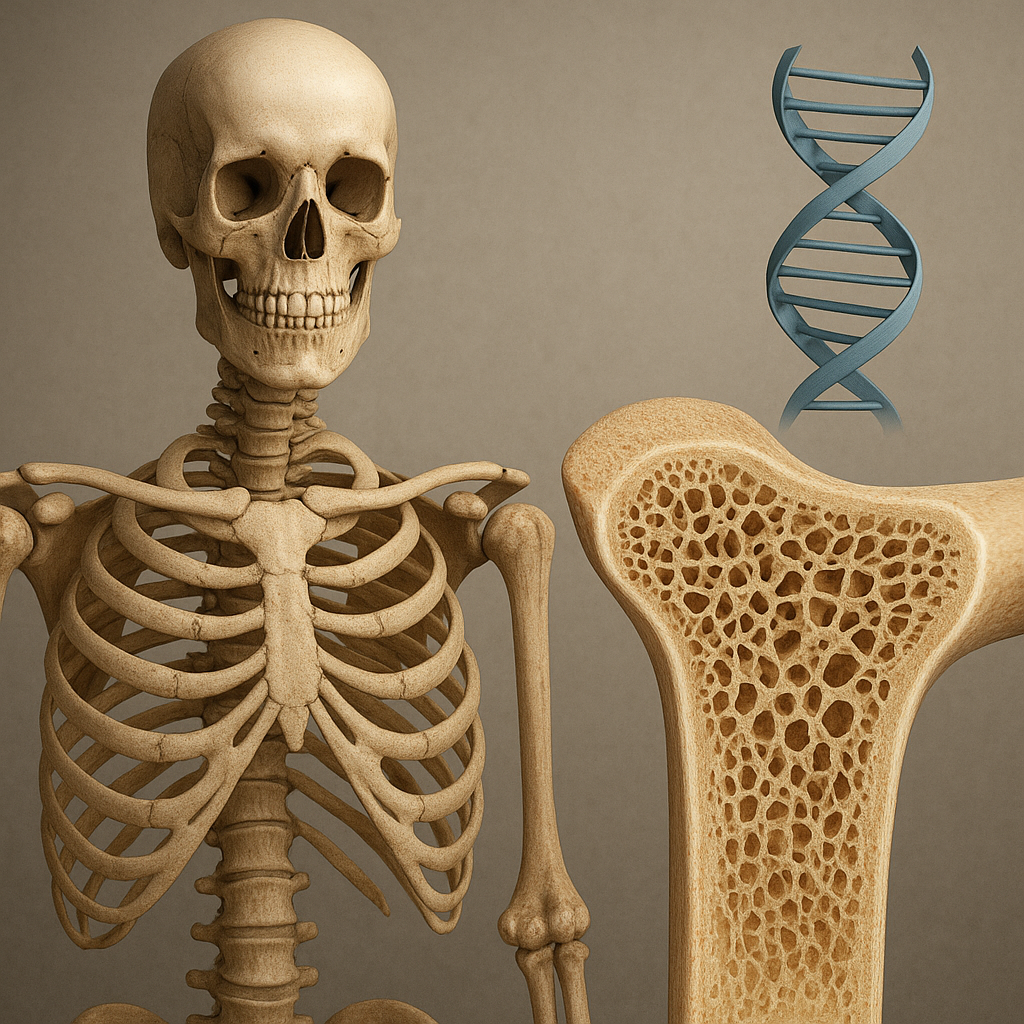The role of bones in regulating minerals in the body is a crucial aspect of human physiology that often goes unnoticed. Bones are not merely structural components that provide support and shape to the body; they also play a vital role in maintaining mineral homeostasis, particularly calcium and phosphorus. This article will explore the multifaceted functions of bones in mineral regulation, the mechanisms involved, and the implications of these processes for overall health.
Understanding Bone Structure and Composition
To appreciate the role of bones in mineral regulation, it is essential to understand their structure and composition. Bones are dynamic tissues composed of a matrix of collagen fibers and mineral deposits, primarily hydroxyapatite, which is a crystalline structure made of calcium and phosphate. This unique composition gives bones their strength and rigidity while allowing them to remain lightweight.
Bones can be categorized into two main types: cortical (compact) bone and trabecular (spongy) bone. Cortical bone forms the outer layer of bones and provides strength, while trabecular bone is found within the interior and is more porous, allowing for the storage of minerals and the production of blood cells. The interplay between these two types of bone is crucial for mineral regulation.
The Role of Osteoblasts and Osteoclasts
Bone remodeling is a continuous process involving two primary cell types: osteoblasts and osteoclasts. Osteoblasts are responsible for bone formation, synthesizing the bone matrix and facilitating the deposition of minerals. In contrast, osteoclasts are involved in bone resorption, breaking down bone tissue and releasing stored minerals back into the bloodstream.
This dynamic balance between osteoblast and osteoclast activity is essential for maintaining mineral homeostasis. When the body requires more calcium, for instance, osteoclasts become more active, releasing calcium into the bloodstream. Conversely, when there is an excess of calcium, osteoblasts can increase their activity to deposit more calcium into the bone matrix.
Mineral Regulation and Homeostasis
The regulation of minerals, particularly calcium and phosphorus, is vital for numerous physiological processes, including muscle contraction, nerve transmission, and blood clotting. Bones serve as a reservoir for these minerals, releasing them into the bloodstream as needed to maintain stable levels.
Calcium Regulation
Calcium is one of the most critical minerals in the body, and its levels are tightly regulated. The parathyroid hormone (PTH) plays a significant role in this regulation. When blood calcium levels drop, the parathyroid glands secrete PTH, which stimulates osteoclast activity, leading to increased bone resorption and the release of calcium into the bloodstream. PTH also promotes the reabsorption of calcium in the kidneys and stimulates the conversion of vitamin D into its active form, which enhances intestinal absorption of calcium.
Conversely, when blood calcium levels are elevated, the thyroid gland releases calcitonin, which inhibits osteoclast activity and promotes the deposition of calcium in bones. This intricate hormonal regulation ensures that calcium levels remain within a narrow range, preventing both deficiency and toxicity.
Phosphorus Regulation
Phosphorus regulation is similarly important, as it plays a crucial role in energy production, cellular function, and bone health. The kidneys are primarily responsible for maintaining phosphorus balance, but bones also contribute significantly. When phosphorus levels are high, osteoblasts can increase their activity to incorporate excess phosphorus into the bone matrix. Conversely, when phosphorus levels are low, osteoclasts can resorb bone to release phosphorus into the bloodstream.
Vitamin D also plays a role in phosphorus regulation, as it enhances intestinal absorption of both calcium and phosphorus. The interplay between calcium and phosphorus is essential, as an imbalance can lead to various health issues, including bone disorders and cardiovascular problems.
Implications for Health
Understanding the role of bones in mineral regulation has significant implications for health and disease. Conditions such as osteoporosis, osteomalacia, and hyperparathyroidism can disrupt the delicate balance of mineral homeostasis, leading to serious health consequences.
Osteoporosis
Osteoporosis is a condition characterized by decreased bone density and increased fracture risk. It often results from an imbalance between osteoblast and osteoclast activity, leading to excessive bone resorption. This condition is particularly prevalent in postmenopausal women due to decreased estrogen levels, which can further increase osteoclast activity. As a result, individuals with osteoporosis may experience a higher risk of fractures, particularly in the hip, spine, and wrist.
Preventive measures, such as adequate calcium and vitamin D intake, regular weight-bearing exercise, and lifestyle modifications, can help maintain bone health and reduce the risk of osteoporosis.
Hyperparathyroidism
Hyperparathyroidism is a condition characterized by excessive secretion of parathyroid hormone, leading to increased osteoclast activity and elevated blood calcium levels. This condition can result in bone loss, kidney stones, and other complications. Treatment often involves addressing the underlying cause, which may include surgical intervention or medication to manage hormone levels.
Conclusion
The role of bones in regulating minerals in the body is a complex and vital aspect of human health. Through the dynamic processes of bone remodeling and the intricate interplay of hormones, bones maintain mineral homeostasis, ensuring that essential minerals like calcium and phosphorus are available for various physiological functions. Understanding these processes not only highlights the importance of bone health but also underscores the need for preventive measures to maintain optimal mineral balance throughout life.
As research continues to uncover the complexities of bone biology and mineral regulation, it becomes increasingly clear that maintaining healthy bones is essential for overall well-being. By prioritizing bone health through proper nutrition, exercise, and regular medical check-ups, individuals can support their body’s mineral regulation systems and promote long-term health.













